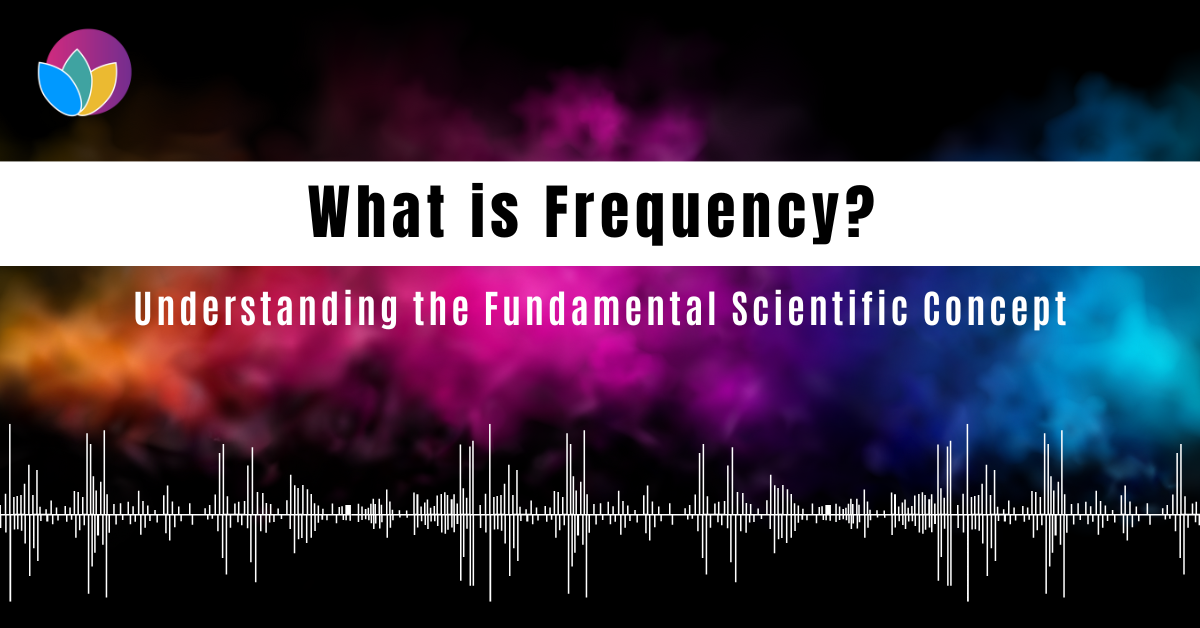Introduction
Frequency is a concept that governs much of the physical world, from the sound waves we hear to the electromagnetic signals that power our technology. Despite its ubiquitous presence, many people may not fully understand what frequency is and how it works. This article will introduce the fundamental concept of frequency, its measurement, and its various applications in science and technology.
Definition of Frequency
Frequency refers to the number of times a periodic event repeats in a given unit of time. It is measured in Hertz (Hz), where 1 Hz = 1 cycle per second.
For example:
- A pendulum swinging back and forth once per second has a frequency of 1 Hz.
- A tuning fork vibrating 440 times per second produces a sound at 440 Hz(the standard pitch for musical tuning).
- Radio signals, which oscillate millions of times per second, can have frequencies in the range of megahertz (MHz) or gigahertz (GHz).
Frequency is closely related to wavelength and speed through the equation:
f=λ/v
Where:
- f= frequency (Hz)
- v= velocity of the wave (m/s)
- λ= wavelength (m)
This relationship is particularly important in understanding wave behavior in physics.
Common Frequency Phenomena
Many natural and artificial processes operate based on frequency. Below are three major categories:
1. Sound Waves
Sound is a mechanical wave that propagates through air, water, or solid materials via vibrations. The pitch of a sound is determined by its frequency:
- Low-frequency sounds(e.g., bass tones) have longer wavelengths.
- High-frequency sounds(e.g., bird chirps) have shorter wavelengths.
Humans typically hear sounds in the range of 20 Hz to 20,000 Hz. Some animals, such as bats and dolphins, can perceive much higher frequencies (ultrasound).
2. Light Waves
Light is an electromagnetic wave, meaning it does not require a medium to propagate. Different frequencies of light correspond to different colors:
- Lower frequencies correspond to infrared and red light.
- Higher frequencies correspond to blue and ultraviolet light.
The electromagnetic spectrum covers a vast range of frequencies, from radio waves (low-frequency) to gamma rays (high-frequency).
3. Electromagnetic Waves (Radio, WiFi, Microwaves)
Electromagnetic waves are utilized in various technologies:
- Radio Waves (30 Hz – 300 GHz): Used for broadcasting (AM/FM radio), TV signals, and satellite communication.
- Microwaves (300 MHz – 300 GHz): Used in microwave ovens and mobile phones.
- WiFi (2.4 GHz, 5 GHz): Used for wireless internet connectivity.
- X-rays & Gamma Rays (Above 10^16 Hz): Used in medical imaging and radiation therapy.
Units and Measurement of Frequency
Since frequency is a measure of cycles per second, it is expressed in Hertz (Hz). Larger units include:
- Kilohertz (kHz) = 1,000 Hz
- Megahertz (MHz) = 1,000,000 Hz
- Gigahertz (GHz) = 1,000,000,000 Hz
To measure frequency, different tools and methods are used:
- Oscilloscope: Displays the waveform of an electrical signal and its frequency.
- Spectrum Analyzer: Measures the frequency components of radio waves and sound.
- Frequency Counter: Precisely measures the cycles per second of a signal.
These instruments help engineers and scientists analyze and design electronic and communication systems.
Scientific Applications of Frequency
Frequency plays a crucial role in many scientific and technological applications:
1. Radio & Wireless Communication
Radio waves, which oscillate at specific frequencies, are used in telecommunications. Different frequency bands are allocated for AM/FM radio, television signals, and mobile networks.
2. Medical Applications
- Magnetic Resonance Imaging (MRI): Uses radiofrequency pulses to image internal body structures.
- Ultrasound Scans: Utilize high-frequency sound waves to create images of internal organs.
- Electroencephalography (EEG): Measures brain wave frequencies to assess neurological activity.
3. Timekeeping & Precision Measurement
- Atomic Clocks: Use the vibration frequency of atoms (e.g., cesium-133) to keep highly accurate time.
- Seismology: Earthquake frequencies help geologists understand seismic activity.
- Schumann Resonance (7.83 Hz): The Earth’s natural electromagnetic resonance, affecting atmospheric and biological rhythms.
Illustration: Different Types of Waveforms
To better understand frequency, let’s look at different waveforms:
| Wave Type | Description |
| Sine Wave | Smooth oscillations are seen in sound waves and AC electricity. |
| Square Wave | Alternates between high and low states, used in digital electronics. |
| Sawtooth Wave | Increases linearly then drops, used in synthesizers. |
These waveforms can be visualized using an oscilloscope, where the shape and periodicity of a wave are displayed.
Conclusion
Frequency is a fundamental concept that governs numerous natural and technological processes. From the sound waves we hear to the electromagnetic signals we rely on for communication, frequency plays an essential role in our daily lives. Understanding the basics of frequency is the first step toward exploring its deeper applications, including frequency-based therapies and Rife frequency healing, which we will discuss in future articles.
Further Reading & References
- Resnick, R., Halliday, D., & Krane, K. (2002). Physics, Volume 1.
- National Institute of Standards and Technology (NIST). (2023). The Role of Atomic Clocks in Timekeeping.
- NASA Earth Observatory. (2022). The Electromagnetic Spectrum.


